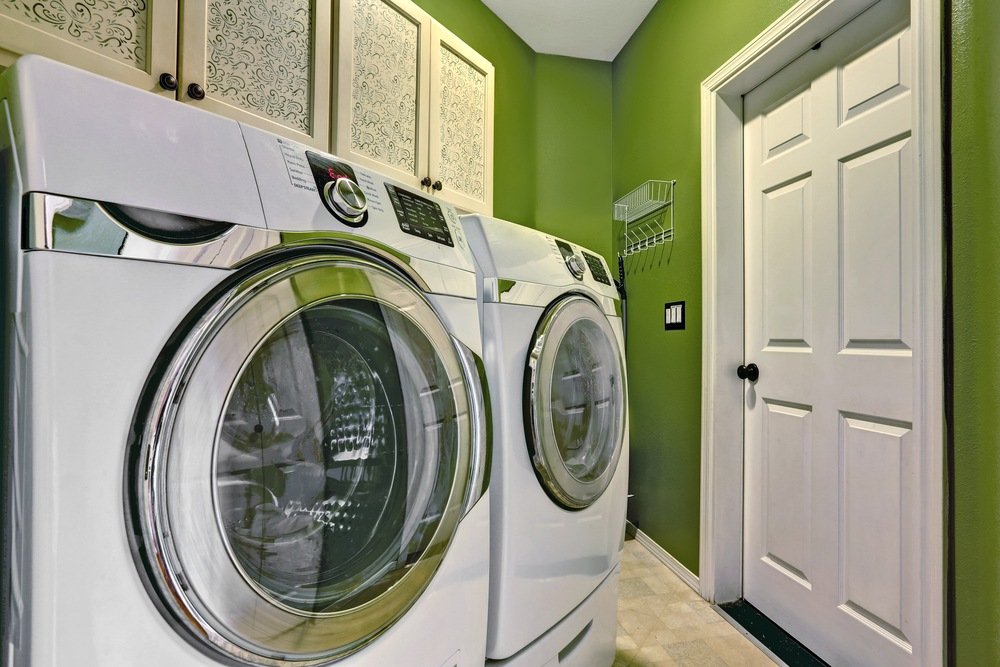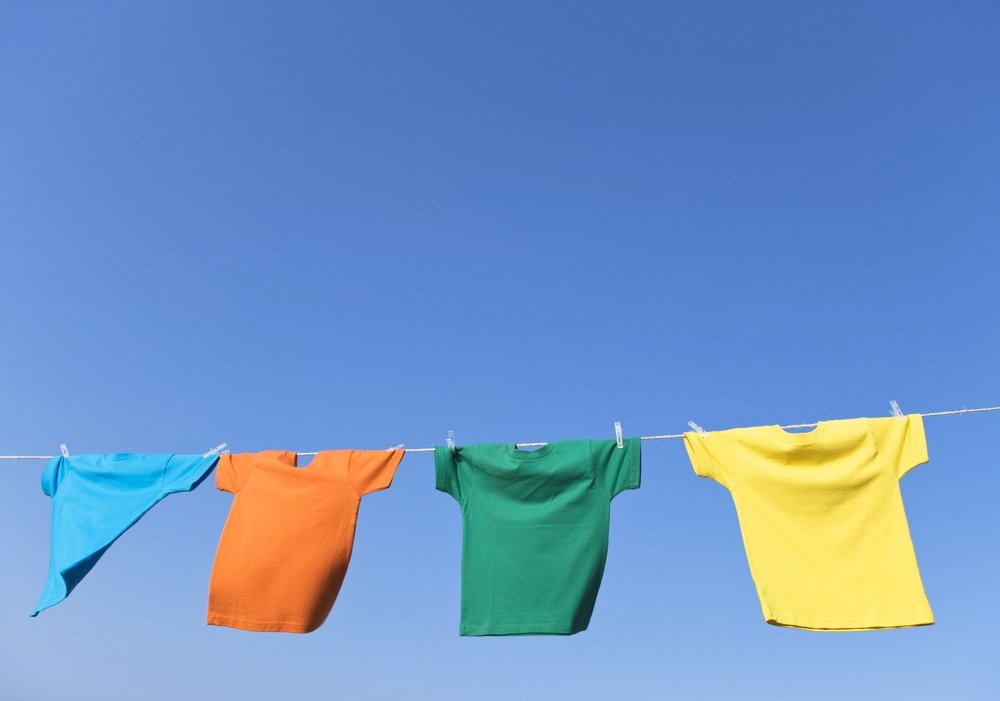How To Make Your WASHER AND DRYER Energy Efficient

According to Energy Star, the average American family does about 300 loads of laundry a year. When you think of the all of the electricity and water that is used to power those 300 loads, there’s no doubt there is room for energy efficient improvements in the laundry room. Start making your laundry greener with these tips:
Make These Simple Switches
Wash in cold water.
Around 90% of the energy consumed by a washer is used to heat water, so switch to cold water for huge energy savings. Many people assume that hot water gets clothes cleaner than cold water, but that’s not the case. In fact, brands have even created detergents specifically designed for use in cold water. Switch to one of these cold water detergents and start washing your clothes in cold water to save money on your energy bill.
Choose the moisture sensor option.
If you have a fairly new dryer, you may have a “moisture sensor” option that will automatically turn off the dryer when no moisture is detected and the clothes are dry. If you don’t select this option, your dryer will run based on a timer, which is not an effective way of judging when clothes are actually dry. Not only does this help you cut back on your energy consumption, but it also will extend the life of your clothes since they won’t be damaged by overexposure to heat.
Air dry.
Although there are ways to make your dryer run more efficiently, the best way to reduce your energy consumption is not to use it at all! Hang a clothesline or invest in an inexpensive laundry drying rack that you can lay your clothes across to dry. Lay sweaters, delicates and towels flat across the drying rack to ensure that they do not get pulled or stretched into a different shape while drying. Sturdier items such as pants and jackets can be hung on hangers to dry. By making the switch to air drying, you will cut back on your energy consumption and avoid annoying static cling from the dryer.

Stop These Bad Habits
Do a full load.
It can be tempting to throw a tiny load of laundry into the washer just to get it out of the way, but don’t give in to this bad habit. You may think you’re being productive by getting a head start on your laundry, but you’re actually wasting energy and driving up your energy bill. Washers will use about the same amount of energy to wash a tiny load than they will on a big load. Wait until you have a full load of laundry to wash so you don’t waste energy.
Clean the filter.
It may sound like another chore, but unfortunately cleaning the dryer’s lint filter is imperative. A dirty filter will decrease the efficiency of the dryer and impact the air circulation, not to mention pose a serious safety hazard. Avoid these issues by getting into the habit of cleaning your dryer’s lint filter, along with regular dryer cleaning.
Tackle These Projects
Install Energy Star appliances.
Energy Star appliances are designed to reduce energy consumption in the home. Take the Energy Star washers as an example, which use about 25% less energy and 40% less water than standard models. Energy Star dryers, on the other hand, use sensor drying technology to reduce energy consumption by about 20%. Purchasing either one or both of these appliances is an investment that will pay for itself over time, especially if your current appliances are over ten years old. A ten-year-old washer is so inefficient that it can actually cost you $180 per year. All in all, buying these appliances is a small price to pay for a lifetime of energy efficiency.
With these tips, you can wash and dry your clothing with a guilt-free mind knowing you are contributing to a more energy efficient world!


